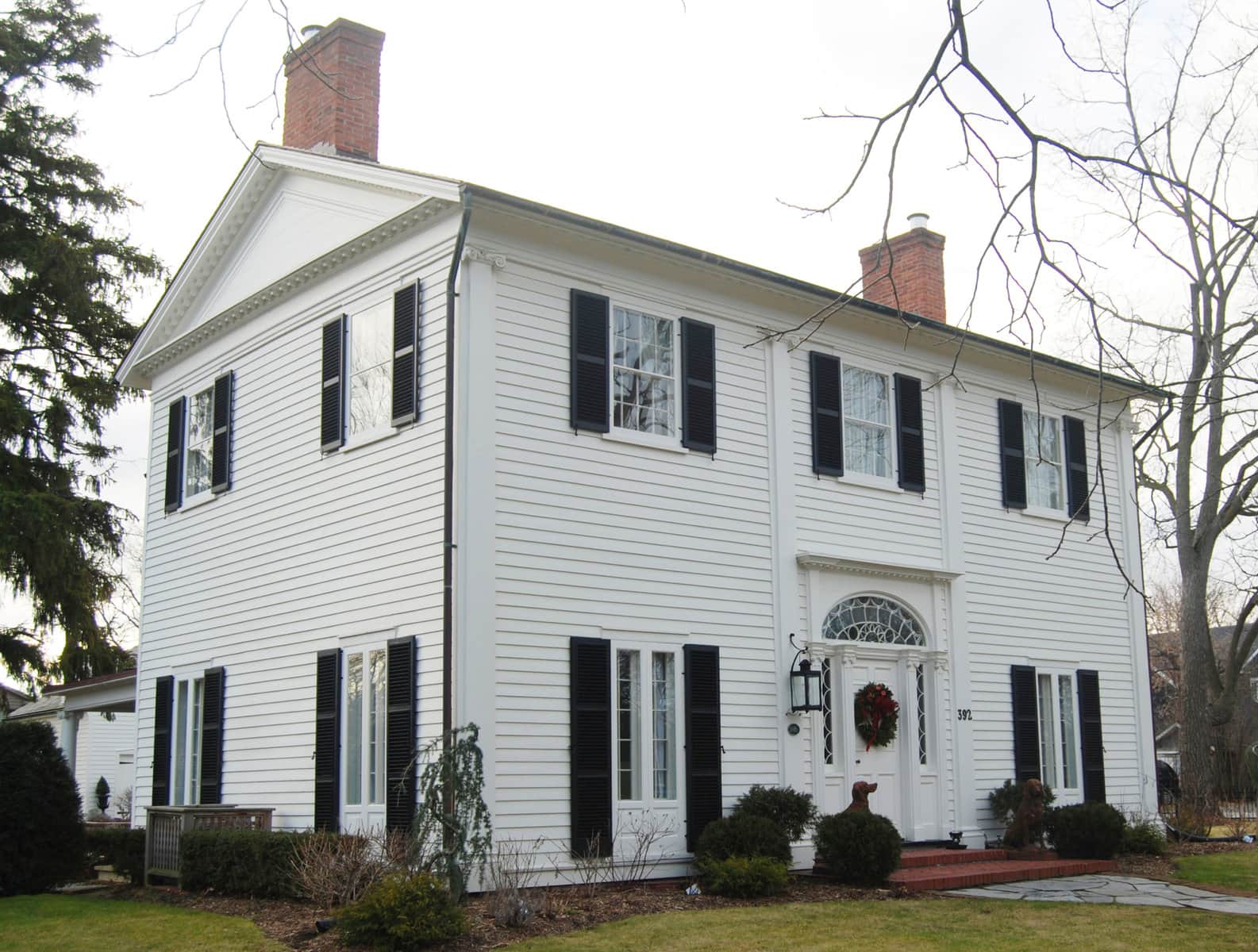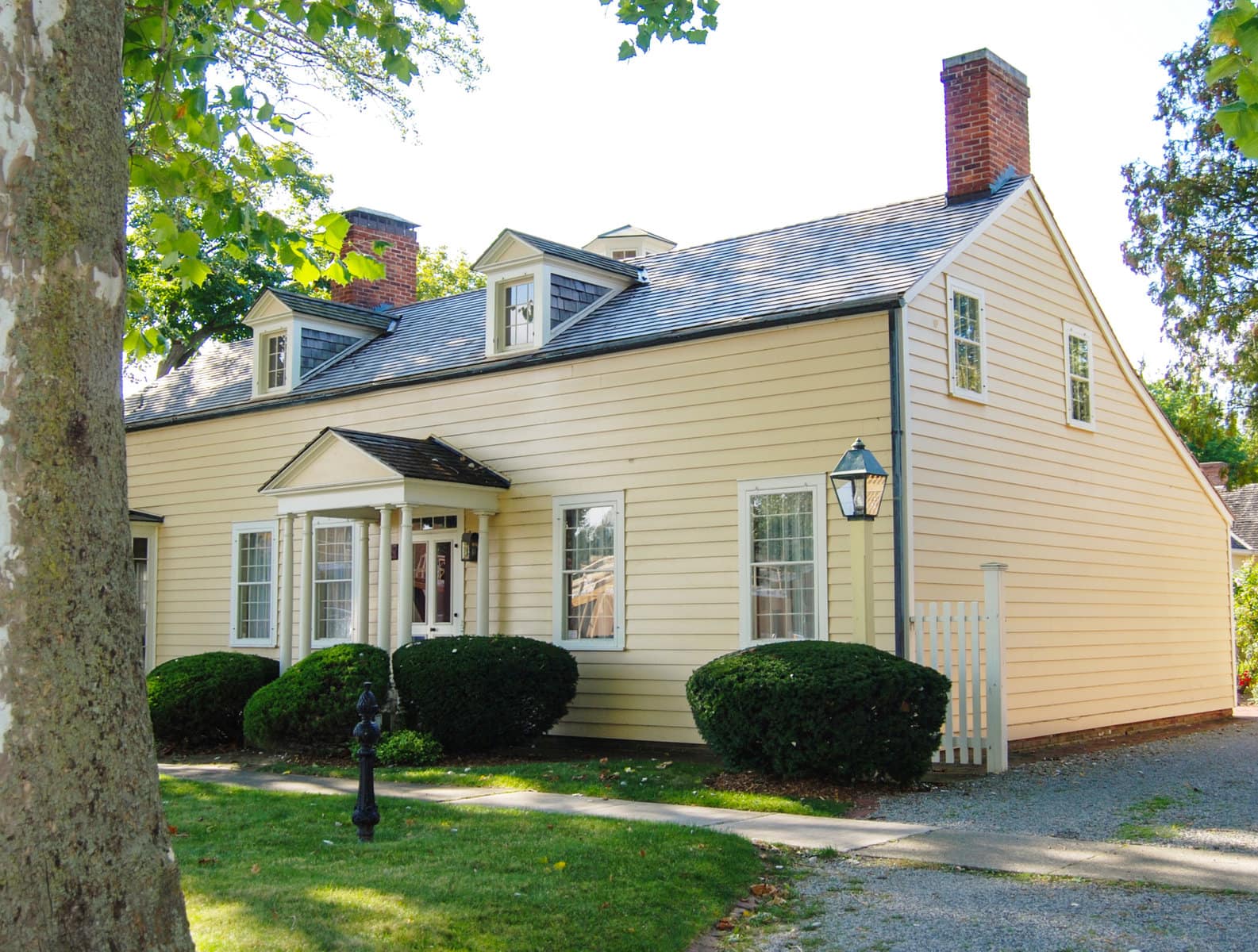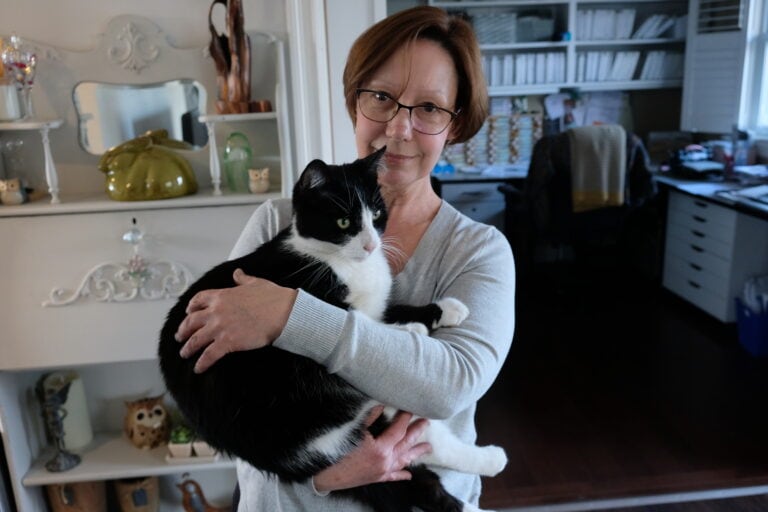A teacher selected a group of 10 students and instructed them one after another to whisper the sentence she gave the first child into the ear of the next and so on until it reached the last student in line.
Then, when that last student was asked to voice the sentence, what he said bore no relation to what the teacher had originally whispered.
In repeating, each child had inadvertently altered what they thought they had heard.
This is often how actual history mutates by verbal repetition over the passage of time. Truth is lost, urban myth is born and gradually mistaken for fact.
For instance, the urban myth that John Breakenridge, the individual who was responsible for the construction of three of NOTL’s finest surviving early 19th-century houses, was an immigrant from Virginia.
This story is completely false but it was dutifully repeated in Margaret Dunn’s book, “Historic Niagara on the Lake,” where she refers to Breakenridge as a “Virginia lawyer” and in Tom Cruickshank’s book, “Old Ontario Houses – Traditions in Local Architecture,” in which he writes in reference to Breakenridge: “His roots were in Virginia …”
In fact, John Breakenridge was born in Leeds County, Upper Canada, in 1798. He was the sixth child born to David and Hester Breakenridge.
A Vermont Loyalist, David, having served in the King’s Royal Rangers, posted in Lower Canada during and after the American Revolution subsequently moving to Upper Canada circa 1783.
He was an ordained Methodist minister and served as a justice of the peace in both Lower and Upper Canada.
In 1812, John Breakenridge is listed in the Common Roll of the Law Society of Upper Canada as a “student at law” and there is evidence he read law in the York offices of William Baldwin.
While studying law, John met and in 1816 married William’s youngest sister, Mary. The young couple purchased the lot at 363 Simcoe St. in Niagara-on-the Lake and built their first home, a year prior to John being called to the bar.
As his fortunes improved, John purchased the one-acre lot at the corner of William and Mississagua and built this larger home for his growing family in 1819.
As both his success and family size continued to grow, he purchased the vacant one-acre lot fronting on Centre Street and, in 1823, built a larger, more socially impressive residence into which he, Mary and their children moved in February 1824.
In 1828, at 39 years old, John died, leaving Mary a widow with five children and a substantial debt that took her many years to clear.
Now, let us visit another extremely important event in the history of Upper Canada.
In 1793, the sale and forced transportation of Chloe Cooley by her owner, Adam Vrooman (a Loyalist immigrant residing in Queenston), provided Upper Canada’s Lt.- Gov. John Graves Simcoe and Attorney General John White, both avowed abolitionists, the opportunity to move through the assembly legislation the “Act to Limit Slavery in Upper Canada.”
Given royal assent in Newark (Niagara-on-the-Lake) on July 9, 1793, this was the first legislation to limit slavery in any British colony.
While it did not abolish the institution for those enslaved prior to its enactment, among other things the legislation prohibited the importation of enslaved persons and freed the children of slaves upon majority.
This act directly reflected the strong and growing social attitude against the institution of slavery across Upper Canada.
At the time of the law’s passage, there were between 500 and 700 persons enslaved in Upper Canada (the vast majority being owned by Revolutionary War Loyalists) and this count dropped continually thereafter as it became ever increasingly socially unacceptable to own another human being.
The last recorded sale of a slave in Upper Canada occurred in 1824. Ten years later, the British parliament passed the Slavery Abolition Act, which outlawed the institution of slavery in all British holdings and colonies.
Being of a somewhat cynical nature, I might suggest this trend was significantly supported by the importation of indentured servants from Britain. An indentured servant required no personal investment, whereas the price of a slave exceeded the cost of a handsome house and land in Upper Canada.
Which brings us back to another urban myth that there are slaves buried on the 240 Centre St. property.
John Breakenridge was less than four years old when the Act to Limit Slavery in Upper Canada was given royal assent. He was raised in a time when slavery was socially unacceptable and bluntly, uneconomic.
There exists no historical records that he ever purchased a slave. The one-acre property he purchased at Mississagua and Centre streets was vacant and no survey from the period shows any building having been previously constructed on the plot (eliminating the possibility of a previous slave-owning householder).
Another urban myth which, with proper research, can easily be demonstrated as blatantly incorrect.
And, to avoid another urban myth being spawned, the 240 Centre St. “barn” was built mid-20th century by the Bernard family who owned the property at that time.
* Grateful acknowledgement to D. Phibbs U.E., B.A. (Hons), J.D. for his legal/historical research on John Breakenridge.
Brian Marshall is a NOTL realtor, author and expert consultant on architectural design, restoration and heritage.













